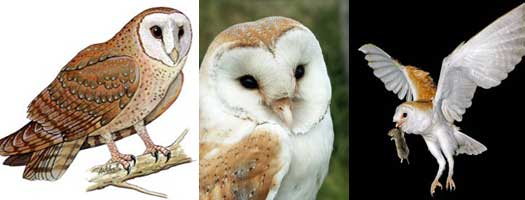AUGUST 9, 2011
Fresh food and opportunity at your local Farmers Market
August 7 – 13 is National Farmers Market Week. Farmers Markets are expanding to communities across the nation at an amazing rate. This year over 1,000 new farmers markets have been created nationally.
According to the USDA’s 2011 National Farmers Market Directory, 7,175 farmers markets operated throughout the United States this year, up from 6,132 last year, as more farmers are marketing their products directly to consumers.
Farmers Markets are good for rural communities. They bring farmers and consumers together to create a stronger local economy, provide consumers with fresh, nutritious, affordable local food, and create opportunities for family farmers and ranchers - especially beginners - to diversify their operations and sell what they produce.
Make sure you visit your local Farmers Market this week and return often. To find a farmers market near you check out the USDA National Farmers Market Directory (http://search.ams.usda.gov/farmersmarkets/)
If you don’t have a Farmers Market nearby, help create one in your community. Get started by giving our Farm Bill Helpline a call at 402-687-2100 (ask for the Farm Bill Helpline) for more information about available assistance, then check out the Farmers Market Promotion Program (http://www.ams.usda.gov/fmpp/).
Farmers Market Promotion Program (FMPP) grants provide an excellent opportunity for market farmers, market gardeners and rural communities to recoup some of the costs of establishing a farmers market, promoting an existing market or other direct-to-consumer food marketing as well as satisfying the need for fresh, nutritious food in places where people hunger for that access the most.
BY BOB GAULDEN, FORMER INTERPRETIVE RANGER, CAVE CREEK RECREATION AREA
AUGUST 3, 2011

Barn Owls and Mineshafts
From the field

So what good is that worthless old mineshaft, disfiguring the landscape like a scar on a beautiful face? To a ten-year-old it’s an adventure. To risk management, it’s a child-trap. To the interpreter, it’s a tale of gold and lost treasure. To the barn owl, it’s a home.
Barn owls inhabit almost every corner on the planet with 17 species worldwide. Tyto alba, however, is the crow-sized barn owl of North America. These wraiths of the night exhibit a heart-shaped face, coal-black eyes, and no ear tufts--features that make them look so different from such typical owls as the great horned owl. They do, nevertheless, share in common the characteristic silent flight.
Farmers know them as rodent abatement extraordinaire, nature’s best. A barn owl can scarf down its weight in mice during a single night, swallowing them whole like a snake. Even with blinding cover of total darkness, the mouse scampering across the barn floor and a wood rat traversing the bowels of a mine are in grave danger. The owl’s dish-like face can capture minute sounds. Asymmetrically arranged ears yield an ability to identify the running target, triangulate its exact location, and strike with the precision of GPS-guided ordnance.
 For all their hunting prowess, however, the barn owls are far from invincible. In fact, they are highly susceptible to predation. Caught in the open, they are in danger of attack by great horned owls, hawks, falcons and ravens. Survival therefore dictates that barn owls hunt only under cover of night and disappear during the glare of day. The usual daytime hideouts consist of old buildings, church steeples, dark hiding spaces beneath bridges, and large hollow trees surrounded by dense growth. Few raptors would dare chase a barn owl through the window of an old building or into the opening of a steeple, yet safehouses such as those are seriously lacking in the deserts around Phoenix.
For all their hunting prowess, however, the barn owls are far from invincible. In fact, they are highly susceptible to predation. Caught in the open, they are in danger of attack by great horned owls, hawks, falcons and ravens. Survival therefore dictates that barn owls hunt only under cover of night and disappear during the glare of day. The usual daytime hideouts consist of old buildings, church steeples, dark hiding spaces beneath bridges, and large hollow trees surrounded by dense growth. Few raptors would dare chase a barn owl through the window of an old building or into the opening of a steeple, yet safehouses such as those are seriously lacking in the deserts around Phoenix.
 Barn owls have found a substitute: the vertical mineshaft. These abandoned pits that once held dreams of riches now provide shelter to redress the summer heat, seclusion for raising young, a fall-trap for catching rodents, and a fortress against predators.
Barn owls have found a substitute: the vertical mineshaft. These abandoned pits that once held dreams of riches now provide shelter to redress the summer heat, seclusion for raising young, a fall-trap for catching rodents, and a fortress against predators.
Not even the most desperate eagle, prairie falcon or hawk would chance the plunge through a 50-foot vertical to retrieve a barn owl.
So what good is that worthless old mine?



